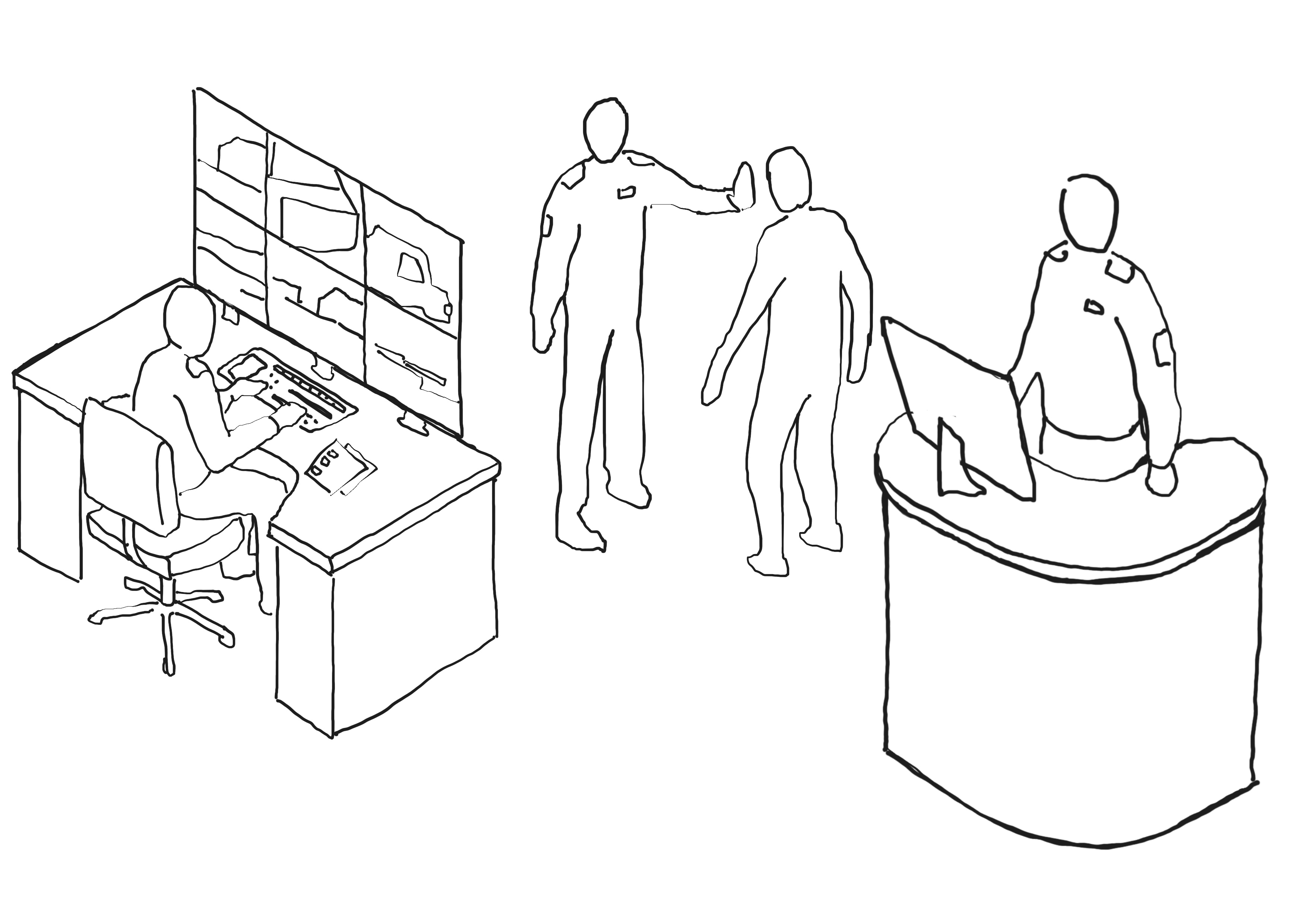Guards

The presence of a guarding function on a site or building sends a clear message that the organisation prioritises security. A guard is trained to perform various security tasks, depending on the organisation's needs, but can also be used as a service function for employees and guests.
In general, a distinction is made between static, patrolling, mobile patrols and close protection guard functions:
Static guards are stationed at a fixed location and often perform tasks related to regular routines. Examples include a reception or gate guard, whose function is to receive and check people and material, such as screening of mail and deliveries.
Patrolling guards perform dynamic tasks of various kinds, at different times and by different routes in all or parts of the building, as well as grounds. An example could be the guard inspecting the building and the surrounding area for possible threats, after closing.
Mobile patrols mostly use vehicles to patrol multiple locations and are often called upon as needed. This could be when an alarm system is triggered, where guards are deployed to deter or contain a possible threat or incident.
Close protection officers perform personal protection activities.
An organisation's use of guard function should be based on the threat landscape, as the guard(s) will often be the first obstacle in a violent attack. This is a security measure that can be easily scaled according to the desired level of security and changes in the threat level.

